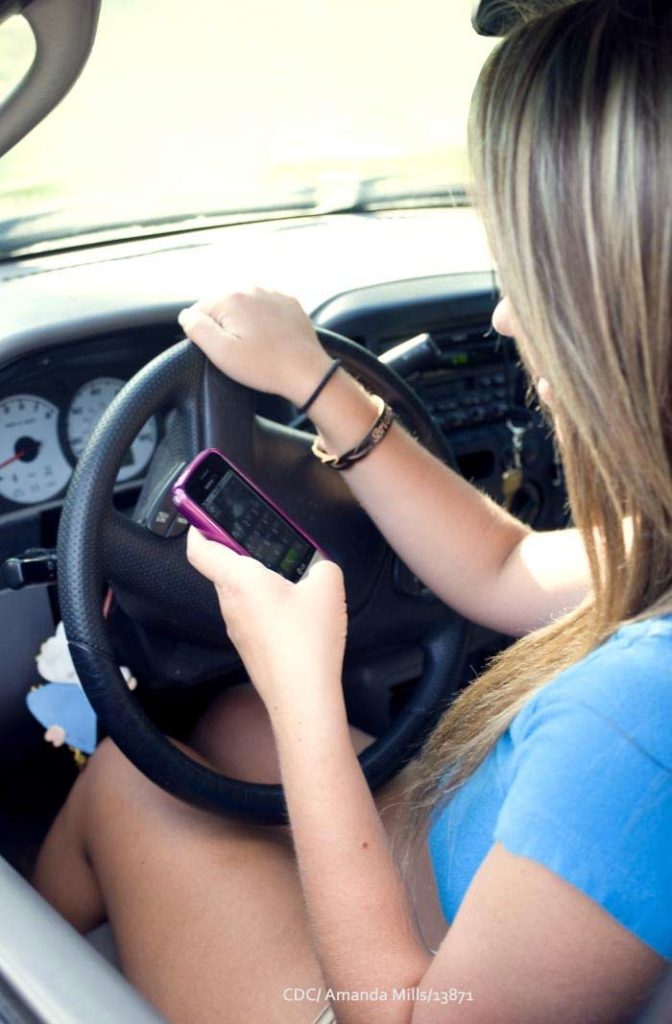AAA released a new study it sponsored, “Using Naturalistic Driving Data to Assess the Prevalence of Environmental Factors and Driver Behaviors in Teen Driver Crashes.” Most crash studies are based on data from police reports. This one used data from in-vehicle event recorders (IVERs) that recorded what happened in the seconds prior to thousands of actual crashes involving teenagers.
The study used data collected by Lytx, which has a DriveCam system that collects video, audio and accelerometer data when a driver triggers the device by hard braking, fast cornering or on certain impacts. The DriveCam video is a 12-second clip—8 seconds before the triggering event and 4 after.
The study looked at the following questions:
- What were the road and environmental conditions?
- What were the critical events?
- What were the contributing factors?
- What were the driver behaviors?
- How did driver reaction time and eyes-off-road time differ relative to certain driver behaviors and crash types?
- Could drowsy driving be detected?
Researchers examined 1,691 videos of crashes involving drivers aged 16 through 19.
Distracted driving was found to be a significant problem with teen drivers.
Drivers were seen engaging in some type of potentially distracting behavior leading up to 58% of all crashes examined. The two most frequent were attending to passengers and cell phone use. Other distracting behaviors included personal grooming, singing/dancing to music, adjusting controls, using device other than phone, reaching for an object, eating or drinking, daydreaming.
Drivers using a cell phone had their eyes off of the road twice as long as drivers attending to passengers. The average eyes-off-road time for drivers who were operating or looking at their phone was 4.1 seconds.
Drivers using cell phones had a significantly longer reaction time than other drivers prior to a rear end collision. In addition, in over 50% of rear-end crashes where the driver was using a cell phone, the driver showed no reaction to the situation at all prior to the crash, no braking or evasive steering.
Cell phone use was seen frequently for all drivers, with texting observed most often.
Other Findings
More males were involved in single-vehicle crashes than females (56% v. 44%), and more females in vehicle-to-vehicle crashes than males (53% v. 46%). The driver was seen wearing a seat belt in 93% of crashes, but 27% of crashes with passengers showed at least one that was not wearing a seat belt.
Most vehicle-to-vehicle crashes happened from 3 p.m. to 6 p.m., with most occurring on Friday. Single-vehicle crashed were more frequent on weekends, between 9 p.m. and midnight.
The three main categories of errors were recognition errors (inattention and inadequate surveillance), decision errors (failing to yield the right of way, running stop signs and driving too fast) and performance errors (losing control and over correcting).
The majority of vehicle-to-vehicle crashes were rear-end and angle. Angle crashes involved the vehicle crossing the center line or turning at an intersection.
Twenty percent of single-vehicle crashes were from driver inattention due to distraction or inadequate surveillance, and 12 % were due to excessive speed. The driver was considered to have potentially contributed in some way to 99% of the crashes.
Our Law Firm
Our law firm represents clients in personal injury and wrongful death lawsuits throughout the U.S. We have won millions in lawsuits against distracted drivers, including commercial bus and truck drivers.
Our lawyers help families seek justice and get full and fair compensation. Attorney Fred Pritzker is our founder.
